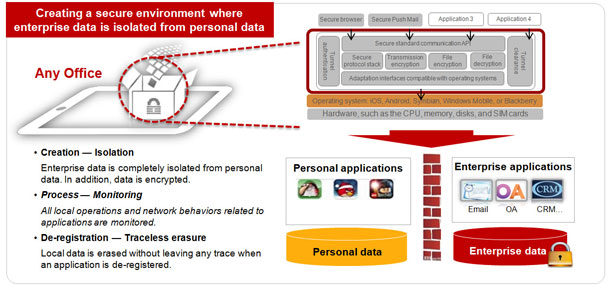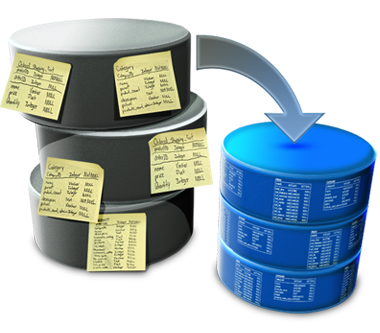
BYOD brings with it a revolutionary transformation of end-user workspaces. It unshackles practices like employees tied to a physical location and specifications like rigidly configured devices, OS, applications and user states. It simply allows users to work from anywhere, accessing applications and content using myriad device configurations. In short, the benefits offered by BYOD make it worth pursuing. But to support the myriad devices, configurations and applications, organizations need to have a robust and scalable infrastructure. Above all, it requires specialized IT expertise to manage this news environment and infrastructure.

The BYOD infrastructure provides control in limiting security breaches as well as minimizing organization support for managing employee-owned devices. It gives the IT department control over the devices and apps used by employees. Organizations should deconstruct traditional workspaces, using virtualization to decouple dependencies among hardware, OS, applications and user states found in traditional desktop configurations. This gives them greater flexibility to generate the right set of user profile, data and applications on-demand, at the right performance level and in a secure manner to any device, based on employee roles and IT requirements.

For the time being, the companies should take a limited BYOD approach with devices that were easier and less costly to manage. A limited-BYOD infrastructure, that is platform and OS-agnostic, helps in minimizing security breaches and managing the organizational resources that are needed to support employee-owned devices. Deploying the right combination of mobile device management (MDM), mobile application management (MAM) and mobile application development platform (MADP) solutions is necessary for organizations to secure and quickly update business apps on employee devices and perform compliance reporting. This will in turn give the employees the flexibility they demand resulting in improved productivity and higher satisfaction.
Moreover, distinct security policies can be set, enabling the users to access only corporate information and specific parts of the main network. In addition, personal devices can be validated before connecting to the network so that they meet corporate security policies.
You can also scan mobile traffic to block malware and prevent infection of corporate systems. Even as you enable greater anytime, anywhere access to information, make sure that security of corporate information is maintained and compliance with regulations is sustained.





After all, what a great site and informative posts, I will upload inbound link – bookmark this web site? Regards, Reader.